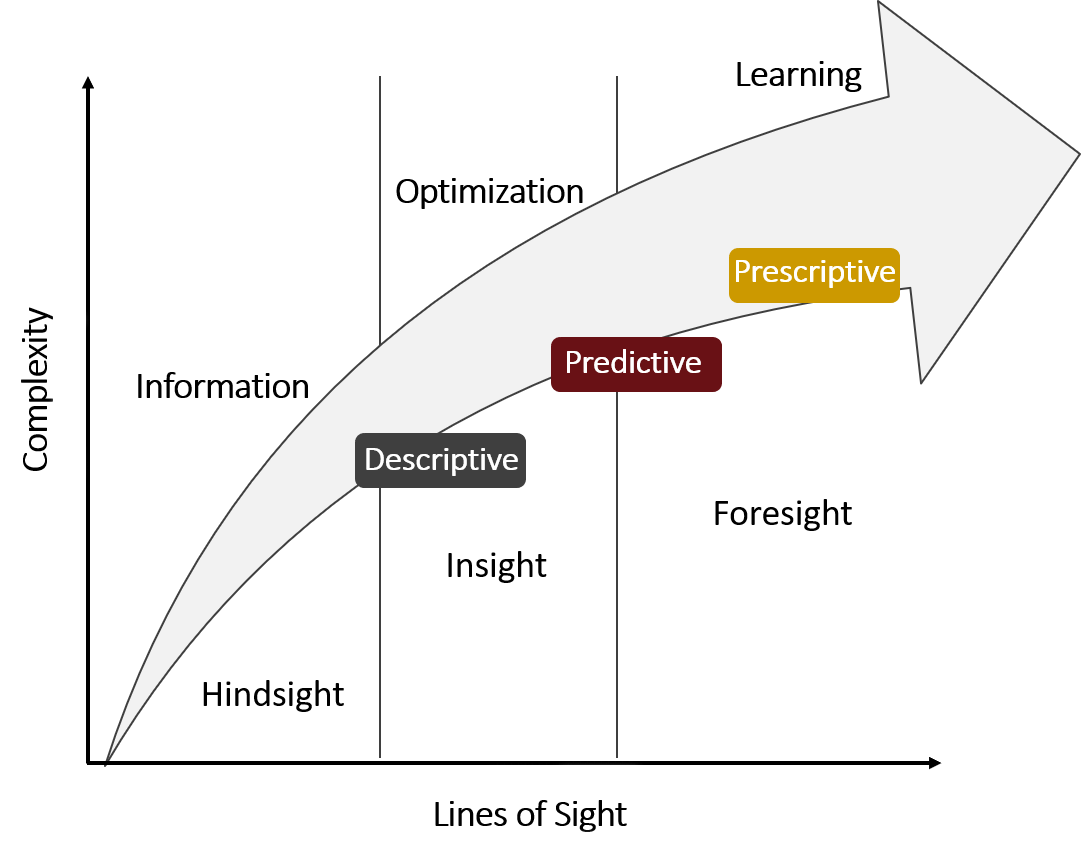Advanced Data Analytics for the Modern Power System, part 1
By Khoi Vu
Director of Analytics Development
For the electric utility industry, data analytics is a subject of considerable promise but one where the number of possible applications makes it difficult to define a strategy, develop data science initiatives and cultivate a data-driven culture. Given the amount of available data in a utility environment, the potential to realize meaningful business insights and improvements abounds. The challenge is to bridge utility operations (where benefits can be realized) with data science platforms.
This is the first in a series of posts from Quanta Technology on the application of data analytics for electric utilities and the power system. At Quanta Technology, we combine our core company expertise in utility applications with proficiency and experience in the deployment of data analytics platforms.
Data Analytics or Data Science are terms commonly used to mean: to transform data into information, generate predictions or forecasts, and to act in a timely manner. For power systems, data analytics has been central to system planning, design, and operations since the early days of the industry. The shift toward decentralization, with many distributed resources and microgrids, and the advances in data science techniques in other fields, requires new thinking and advanced algorithms for data handling and processing. With the vast amount of new data, in combination with existing data, the major data science activities consist of the following:
- Consolidation of many data sources to support various applications – Engineering studies and processes typically require data from disparate sources. Traditionally, manual efforts by engineers are always required to reconcile and consolidate data into forms usable by the underlying study or process. The trend to transition both gathered data and asset technical information into machine-readable formats, such as databases, provides opportunities for the tighter integration of data sources. New capabilities such as the rapid acquisition of data, the seamless transformation of data to required formats, and automated data quality checking routines can dramatically increase the efficiency and accuracy of engineering studies, analytics, and response mechanisms.
- Descriptive Analytics present raw data in more easily digestible formats, possibly including basic analyses to illustrate statistical information or to derive metadata that are useful to stakeholders. While more fundamental, efforts in this area can lead to significant value for stakeholders and is a crucial step to supporting greater transparency within the organization and fostering a data-driven culture.
- Predictive Analytics employ some types of statistical or machine learning tools to model the underlying data to make predictions and anticipate future trends. Multiple regression modeling for load forecasting has been a hallmark of predictive analytics in planning activities but there is a multitude of new applications that would benefit from wider adoption of predictive analytics.
- Prescriptive Analytics combine each of these lower-level analytics together with business processes to deliver business intelligence and aid in decision making. Closely tying the analytics to business decisions and analyzing multiple scenarios particularly in a rapidly changing market landscape represents a largely unexplored area of data analytics. More advanced applications include which concepts as a virtual operator where the operation of the system is largely informed by an AI based application, used by the human operator regarding decisions they take in the control room.

The availability of real-time (or near real-time) data from modern monitoring and communications systems, when combined with automated data handling, can significantly reduce time lags, making rapid responses to changing system conditions feasible. Advanced analyses, simulator technologies, and communications schemes can even provide near-real-time control over power system performance to an unprecedented degree, enabling the employment of novel concepts such as adaptive protection or automated fault location detection.
- In our next post, we will describe the steps for the implementation of Data Analytics.
Link to our webinar on this topic
Read more about our service offerings related to this topic
